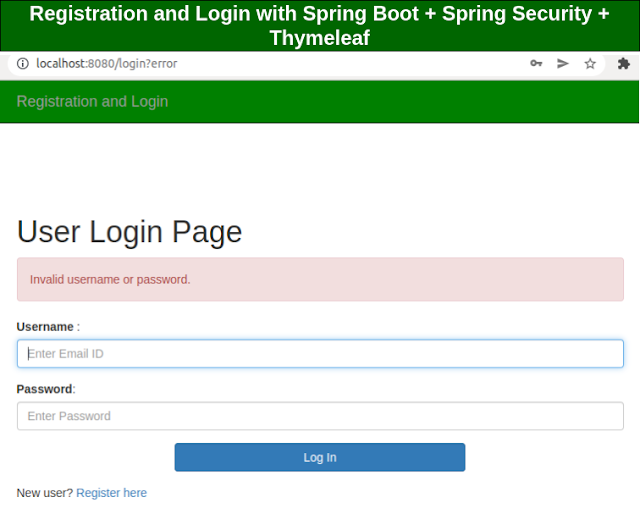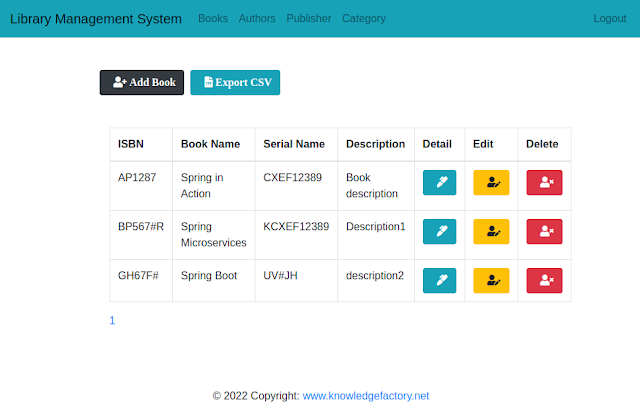Top 5 Java ORM tools - 2024
The term ORM refers to object-relational mapping, which uses objects to adapt programming languages to database systems while allowing them to function with SQL and object-oriented programming ideas. Any kind of database management system that can accomplish object mapping to the table in the virtual system is suitable for the implementation of ORM. Java has a wide variety of ORM tools, some of which are mentioned below:
1. Hibernate
Hibernate is a lightweight, open-source, non-invasive Java ORM (Object-Relational Mapping) framework that allows developers to create objects that function independently of database software and create persistence logic in any Java or JavaEE application. It offers an abstraction layer, so developers don't have to bother about implementations; Hibernate handles these tasks internally, such as connecting to databases and creating queries to carry out CRUD operations, among other things. Persistence logic development is done with it. Persistence logic refers to the long-term processing and keeping of data.
Some of the features of Hibernate:
- Object-oriented query language
- Transparent persistence without byte code processing
- Object / Relational mappings
- Automatic primary key generation
- Object/Relational mapping definition
- HDLCA (Hibernate Dual-Layer Cache Architecture)
- High performance
- J2EE integration
- JMX support, Integration with J2EE architecture
2. jOOQ
JOOQ is an Open Source Object-Oriented (ORM) object-relational (relational) rather than domain-relational (or domain-relational) like most OREs. It is a lightweight Java database-mapping (DBM) software library that implements the Active Record Pattern (ARP). The goal of JOOQ is to be relational as well as object-oriented by offering a domain-categorizable language to build queries from classes derived from a database schema.
3. EclipseLink
EclipseLink is the open-source Java Persistence Services Project developed by the Eclipse Foundation. It is an extensible framework for Java developers to work with data services, such as databases, web services and Object XML mapping, as well as Enterprise Information Systems (EIS).
EclipseLink is a fork of the TopLink product, from which Oracle contributed source code to create the original EclipseLink project. EclipseLink is the reference implementation of the Java Persistence API.
Some of the features of EclipseLink:
- Handling of database change events
- Composite persistence units to map entities to tables in multiple databases
- Support for multi-tenancy
4. TopLink
Toplink is an Object-Persistence and Object-Transformation Framework for Java Developers. Toplink is created by Oracle. Toplink provides development implements as well as run-time functions that make the development process easier and provide increase functionality.
TopLink stores persistent Object-Oriented Data in Relational Database which helps to build High-Performance Applications. Storing Data in Relational Databases is possible by transforming the data from Object Oriented Data.
Some of the features of TopLink:
- Auto-mapping of any subsisting data models and object models.
- Graphical mapping of an object model to the data model.
- Generation of the data model from its object model and vice versa.
5. Apache OpenJPA
OpenJPA is an open-source Java persistence layer that can be implemented as a standalone POJO layer or built-in to any Java EE-compliant container and many lightweight frameworks, including Tomcat, Spring, etc.
Some of the features of OpenJPA:
- Declarative mapping.
- It can be use as stand-alone POJO persistence layer.
- It can be easily integrated into any EJB complaint container.
Full stack development practice,







